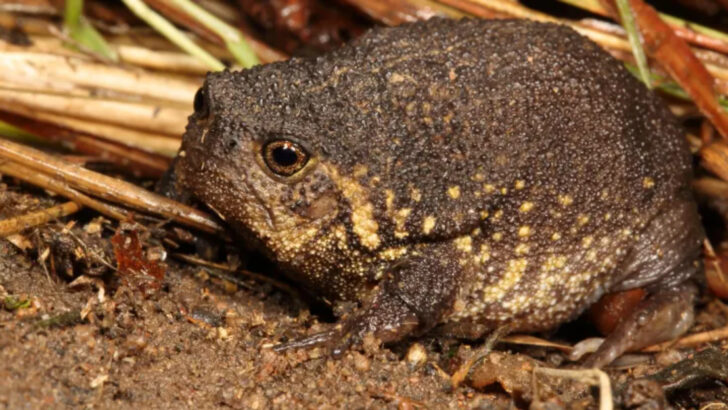The planet just got 10 new residents—and some of them are downright bizarre. From a dragonfly that breeds in tree holes to a sunflower smothered in wool-like fuzz, these creatures weren’t hiding in faraway galaxies. They were right under our noses. Buried in forest floors, clinging to deep-sea rock, even staring down predators with venom-tipped heads. These aren’t just cool science finds—they’re biological plot twists. Some of these species are already so rare, we’ve only spotted a single specimen. Others have strange behaviors scientists can’t explain yet. Like a spider that builds creepy silk decoys of itself. Or a frog that doesn’t hop. Every time we think we know the planet, nature goes, “Here’s something weird.” And it always delivers.
Diurnal Gecko
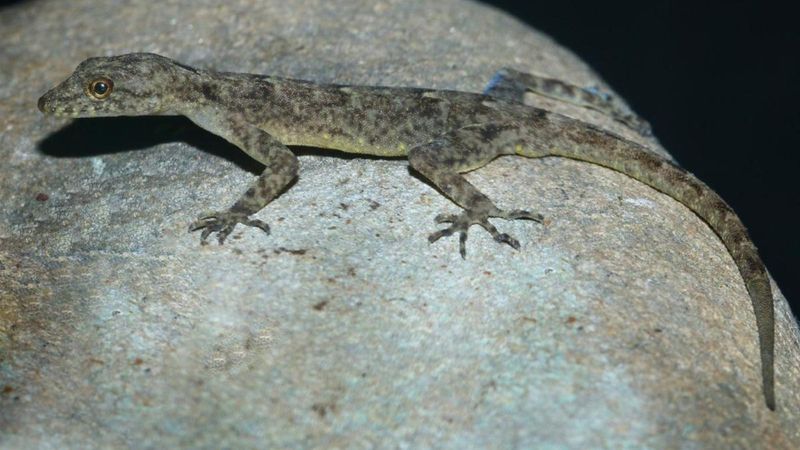
Discovered in the lush Brahmaputra valley, the Cnemaspis brahmaputra is not just another gecko. Its vibrant patterns and unique traits link it closely to Sri Lanka’s gecko species, offering insights into regional biogeography. This discovery in Northeast India marks only the second of its genus in the area, emphasizing the region’s ecological significance. Imagine a creature so tiny yet pivotal in understanding evolutionary linkages across geographies. As more such species come to light, they remind us of the interconnectedness of habitats. What secrets lie in the dense forests of Assam? The possibilities are endless.
Idris Wasps
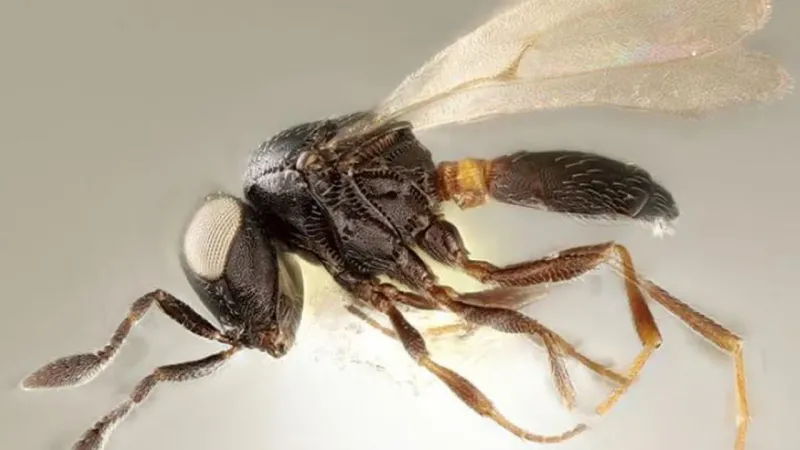
In the intricate world of parasitic wasps, the four newly discovered Idris species play a fascinating role. Found in West Bengal, these microscopic beings lay eggs in the egg sacs of jumping spiders, advancing our understanding of parasitoid dynamics. Imagine the delicate dance between predator and prey, where these wasps ensure ecological balance. Each wasp species, with its diminutive size, reveals layers of interactions within ecosystems. As scientists probe deeper, such discoveries underscore the complexities of natural life. What other secrets does the micro world hold? The curiosity is boundless.
Dragonfly
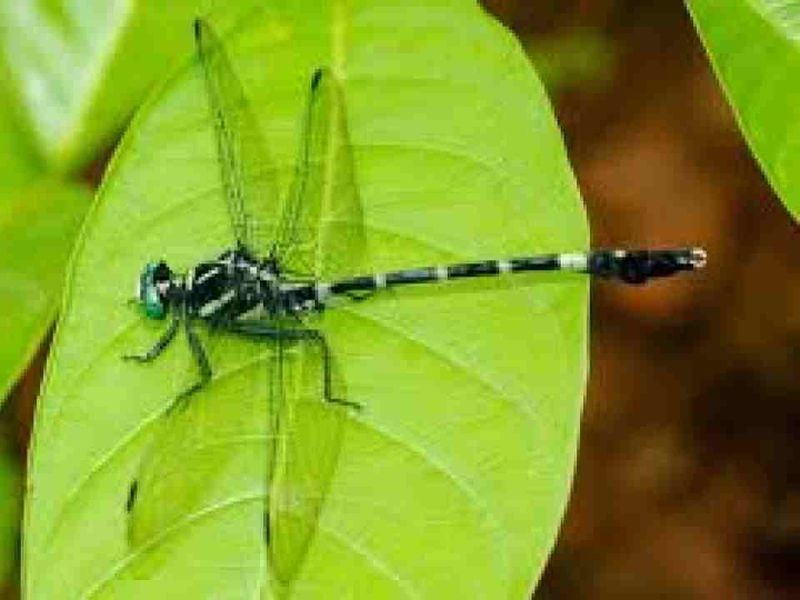
The Western Ghats, a biodiversity treasure trove, now boasts another jewel: the Lyriothemis abrahami dragonfly. This rare species breeds in tree-hole pools, emphasizing the critical role mature forests play in sustaining life. Imagine the vibrant dance of dragonflies amidst the dense foliage, their wings shimmering in dappled sunlight. These creatures highlight the necessity of preserving our forests, as they’re not merely habitats but life networks. What other marvels remain hidden in the Ghats? The discovery of this dragonfly reignites hope and wonder for the untamed wilderness.
Butterfly
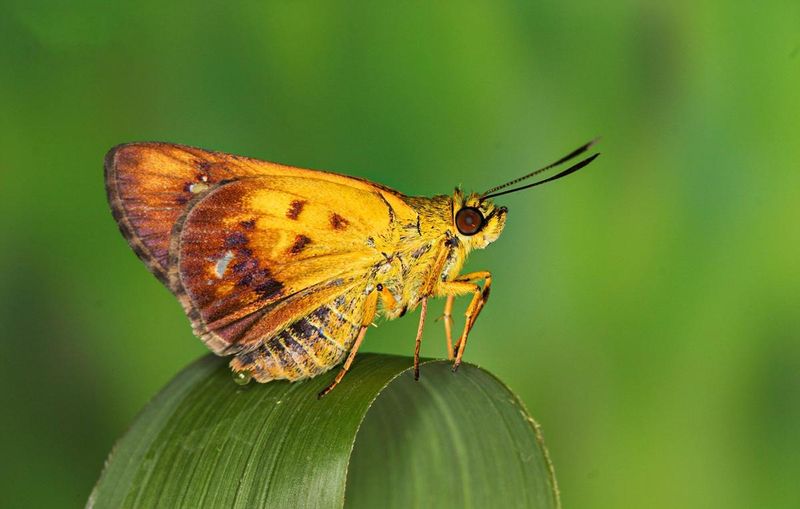
In the serene beauty of the Western Ghats, the Zographetus mathewi butterfly flutters gracefully, adding a touch of magic to the landscape. Its discovery reinforces the Western Ghats as a biodiversity hotspot. Picture this butterfly, its wings like painted canvases, illustrating nature’s artistry. With every flap, it narrates tales of the forest, urging conservationists to protect these precious ecosystems. The butterfly’s presence is a testament to the rich diversity that thrives in these regions. What other hidden jewels might the Ghats be concealing? The adventure continues.
Decoy-making Spider
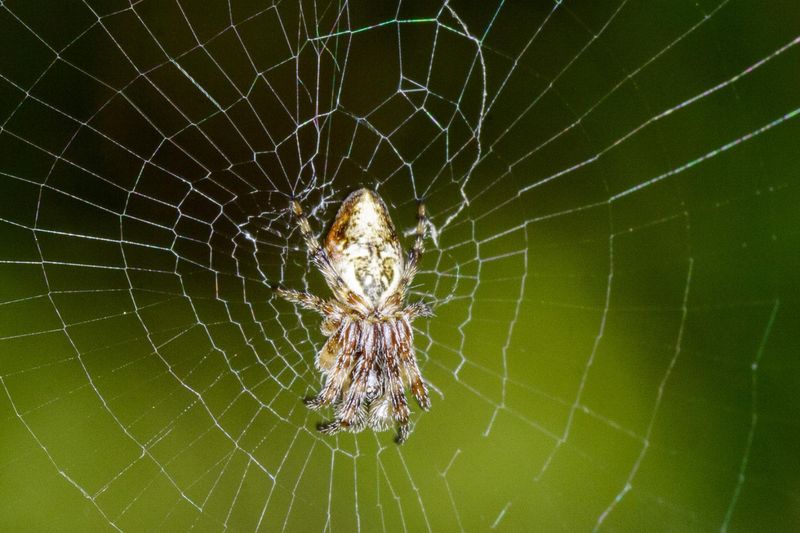
Deep within Peru’s Tambopata jungle resides a master illusionist: the Cyclosa spider. This arachnid weaves silk decoys of itself, baffling predators and ensuring its survival. Imagine a web intricately designed not only for catching prey but for deception. In the theater of nature, such adaptations reveal the lengths species go to endure. The spider’s artistry hints at countless strategies evolved over millennia. What other stories do the jungles whisper? With each discovery, the mysteries of adaptation and survival captivate anew. The forest is a stage, and every creature plays its part impeccably.
Deep-Sea Fish
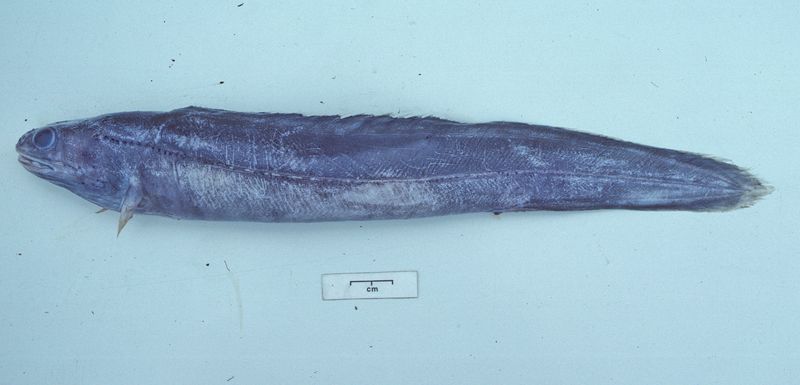
From the enigmatic depths of the Arabian Sea emerge two new eel species: Coloconger scholesi and Ophichthus erabo. These deep-sea inhabitants expand our understanding of marine biodiversity. Picture them, ghostly figures navigating the abyss, unseen yet vital to oceanic ecosystems. Their discovery underscores the ocean’s vast, unexplored territories, teeming with life forms yet to be understood. What mysteries do the deep waters guard? Every new finding is a chapter in the ocean’s grand narrative, urging us to explore and protect. The sea beckons with its secrets, waiting to be unveiled.
Boston Rain Frog
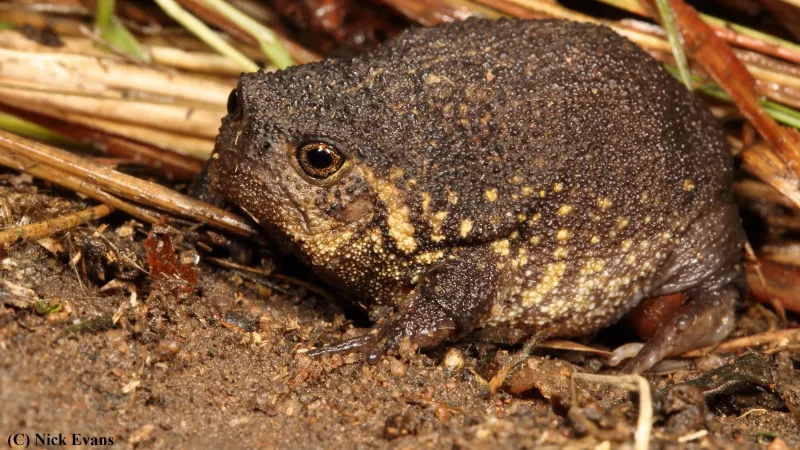
In the rain-soaked soils of South Africa’s KwaZulu-Natal, the Breviceps batrachophiliorum frog emerges as a surprising find. This burrowing, non-hopping amphibian, with its unique call, adds a new layer to our understanding of rain frog diversity. Imagine a creature, snug in its earthy embrace, contributing its voice to the chorus of nature. Its discovery highlights the hidden wonders beneath our feet, waiting to be unearthed. What other secrets lie in the world beneath? With each discovery, the complexity and beauty of Earth’s biodiversity are revealed anew.
Sunflower
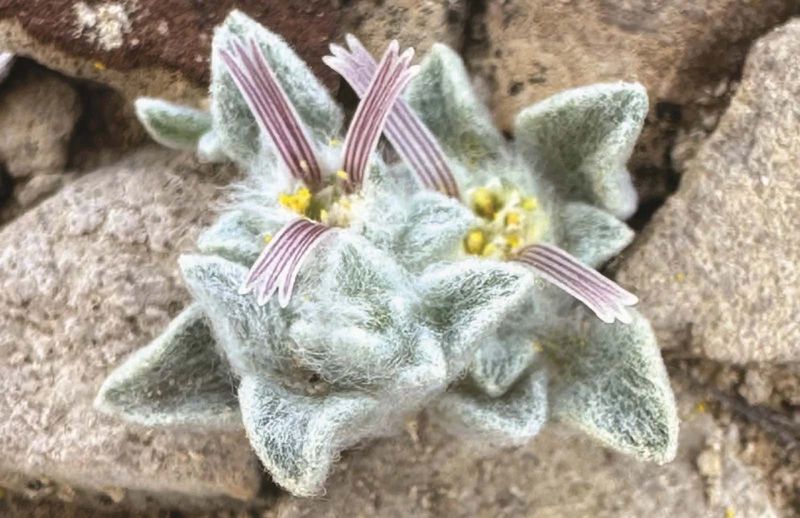
In Texas’s Big Bend National Park, a new sunflower species, Ovicula biradiata, flaunts its thick, white woolly hairs, earning it the nickname “Wooly Devil.” Its striking appearance captivates botanists and nature enthusiasts alike. Imagine standing in a field of these sunflowers, their heads turned skyward, embodying resilience amidst challenging terrains. However, its discovery also rings a conservation alarm; it may be critically endangered. What other botanical treasures does Texas hold? As each new species is discovered, the urgency to protect our natural world becomes ever more apparent.
Fairy Lantern Plant
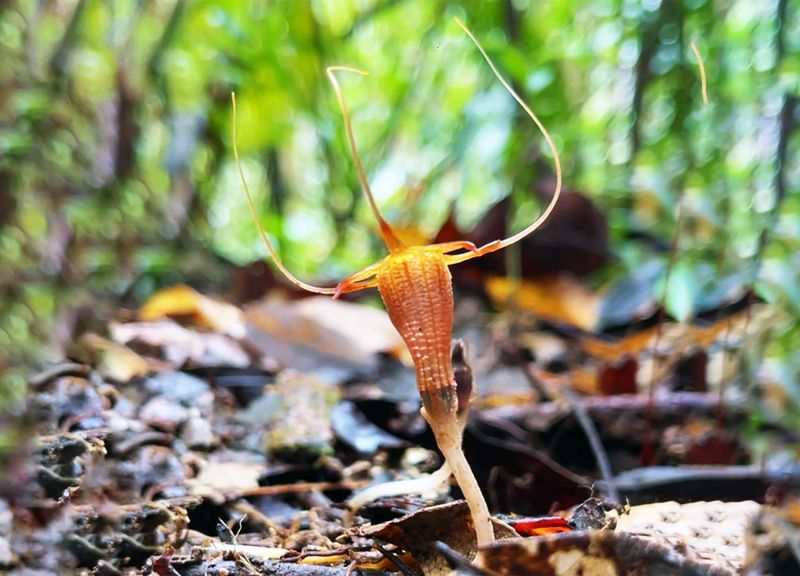
In the shadowy undergrowth of Malaysia’s forests, the Thismia aliasii plant glows like a fairy lantern. As a parasitic plant, it relies on fungi, embodying the intricate dance of ecological relationships. Picture these plants, rare and ethereal, with only five known individuals remaining, casting a gentle glow in the dim forest light. Their critical endangerment highlights the fragility of such ecosystems. What other rare gems hide in the shadows? With every discovery, the call to cherish and protect our planet’s delicate balance grows stronger, inviting us to delve deeper into nature’s mysteries.
Deep-Sea Amphipod
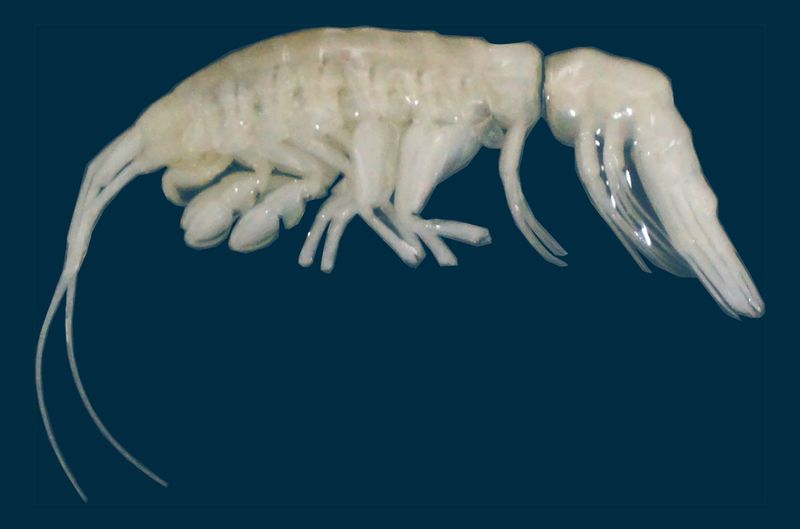
From the unimaginable depths of the Atacama Trench, the Dulcibella camanchaca amphipod emerges as one of Earth’s deepest predators. With its exaggerated features, this creature navigates nearly 8,000m below the ocean’s surface. Imagine the stark, alien world it calls home—a place of extreme conditions where few dare to venture. Each new discovery from such depths is a revelation of survival against all odds. What other wonders lie hidden in the ocean’s bottomless realms? The deep sea continues to intrigue, challenging our perceptions of life and resilience.

